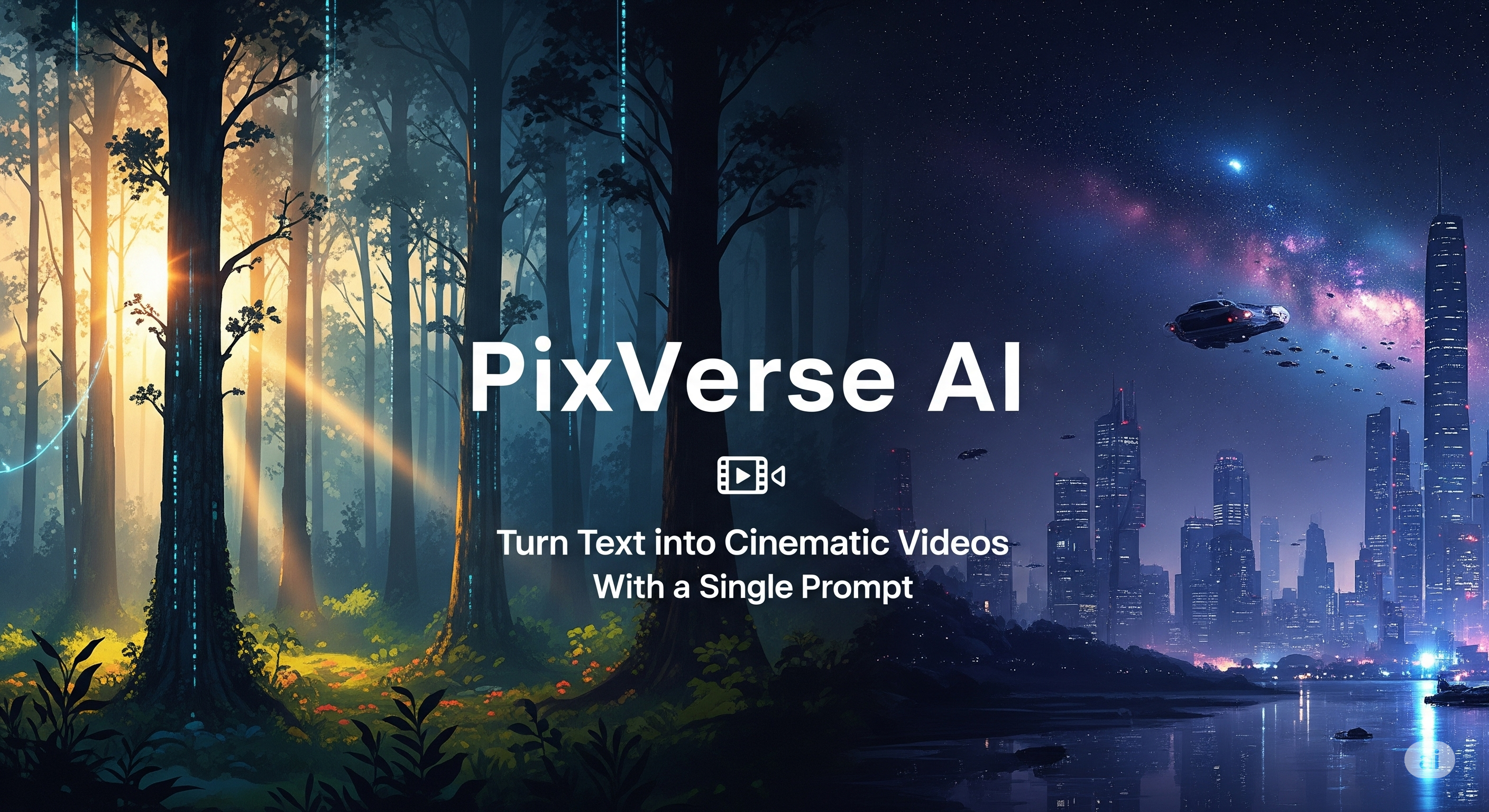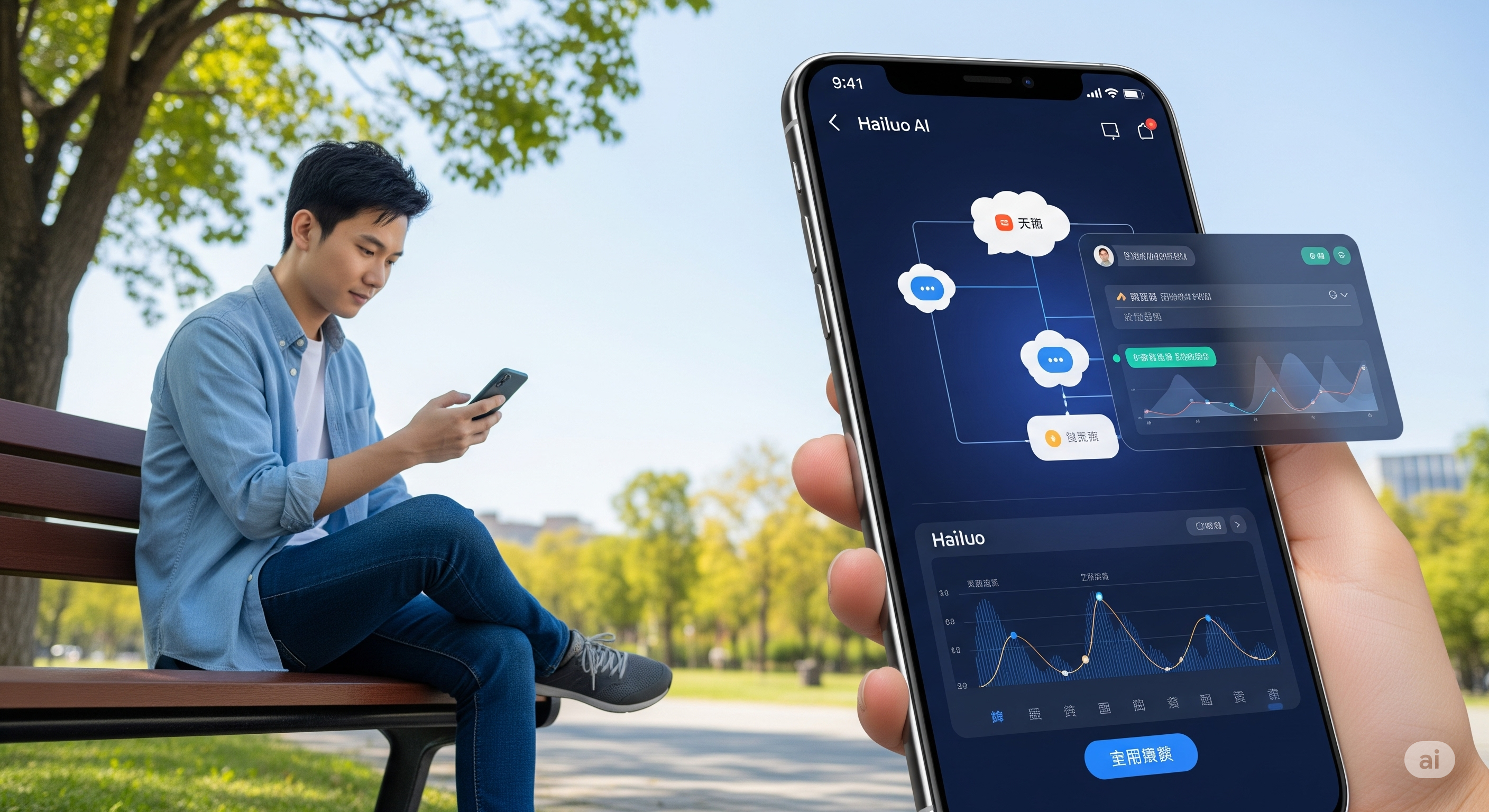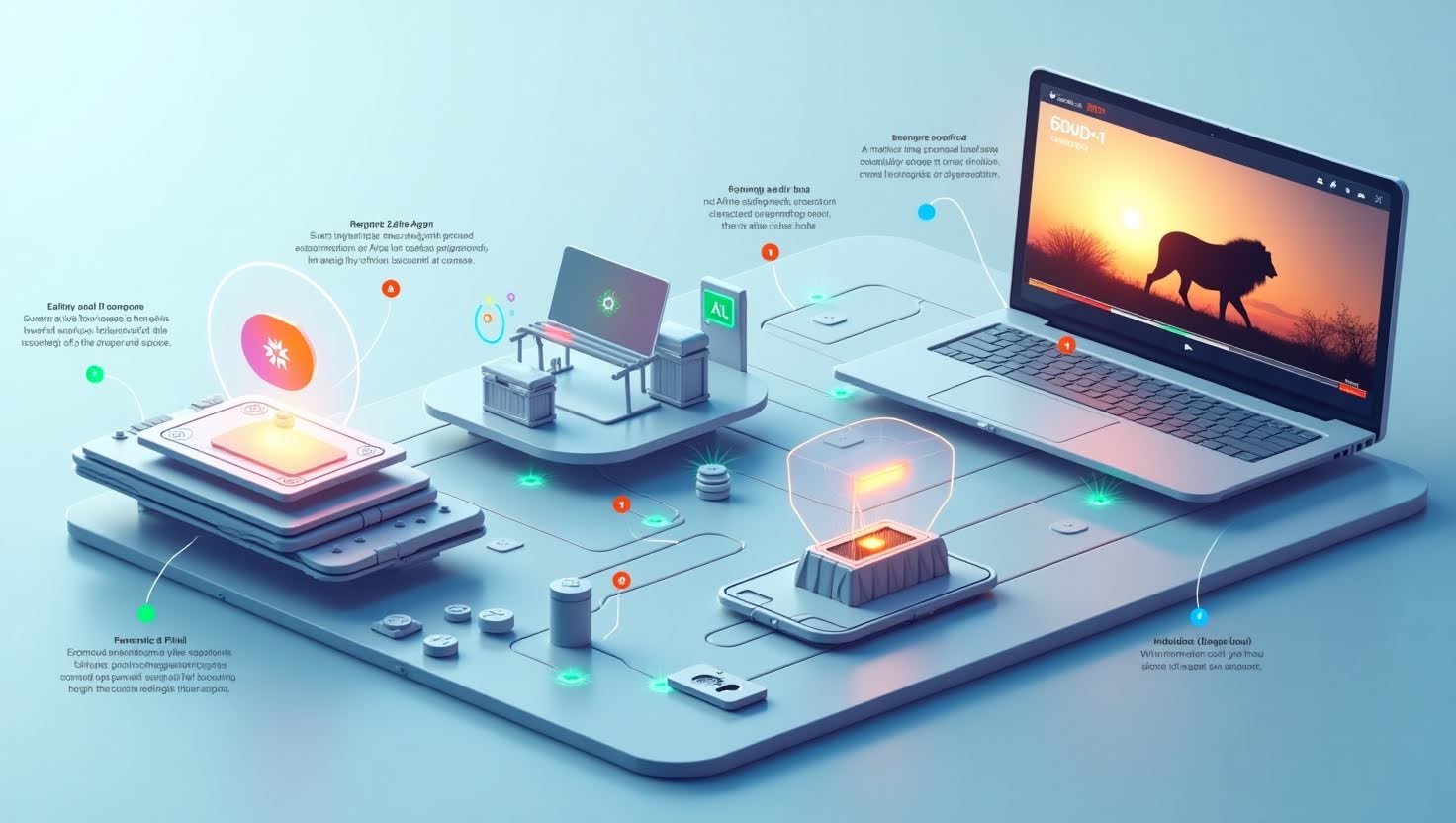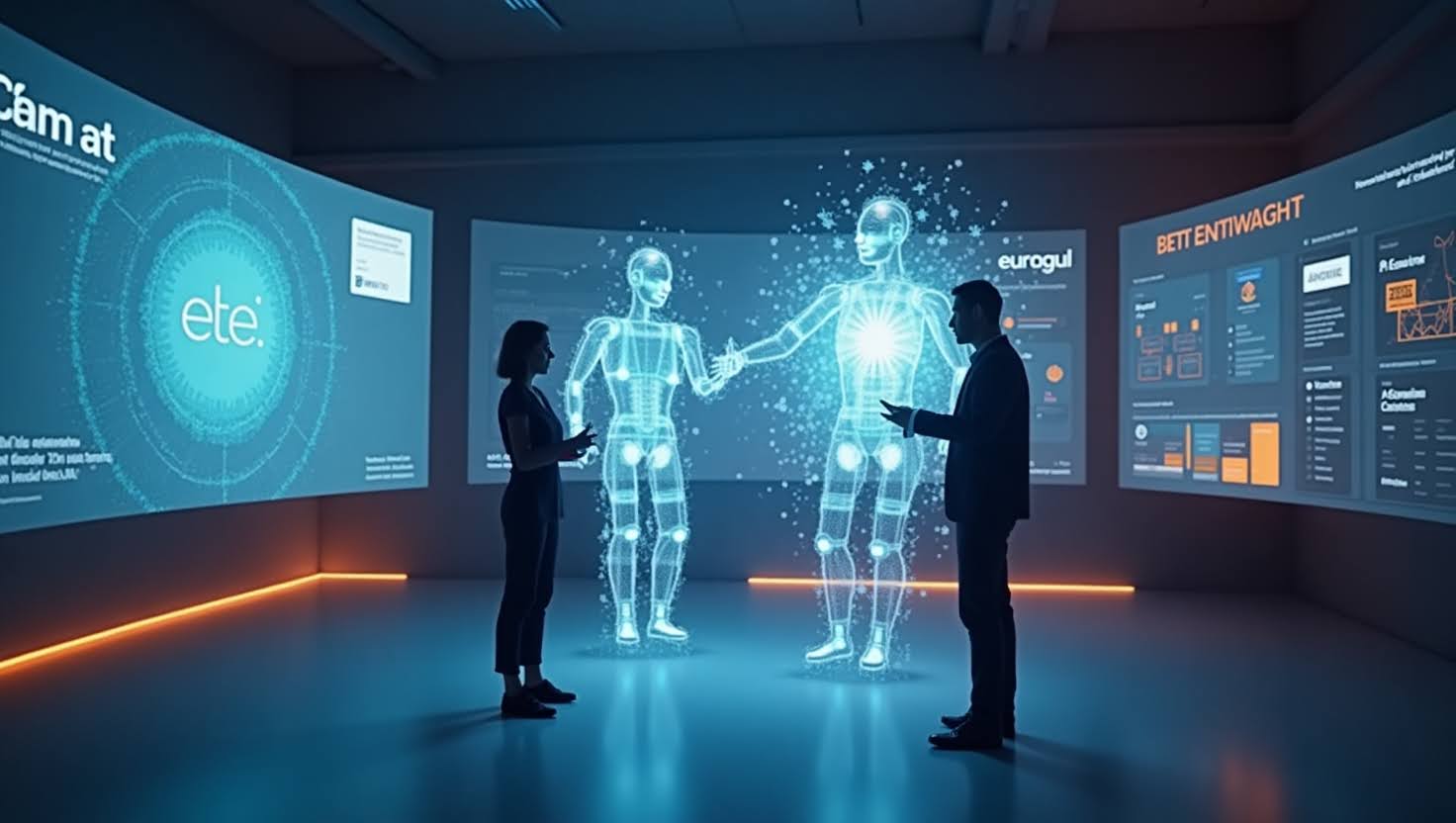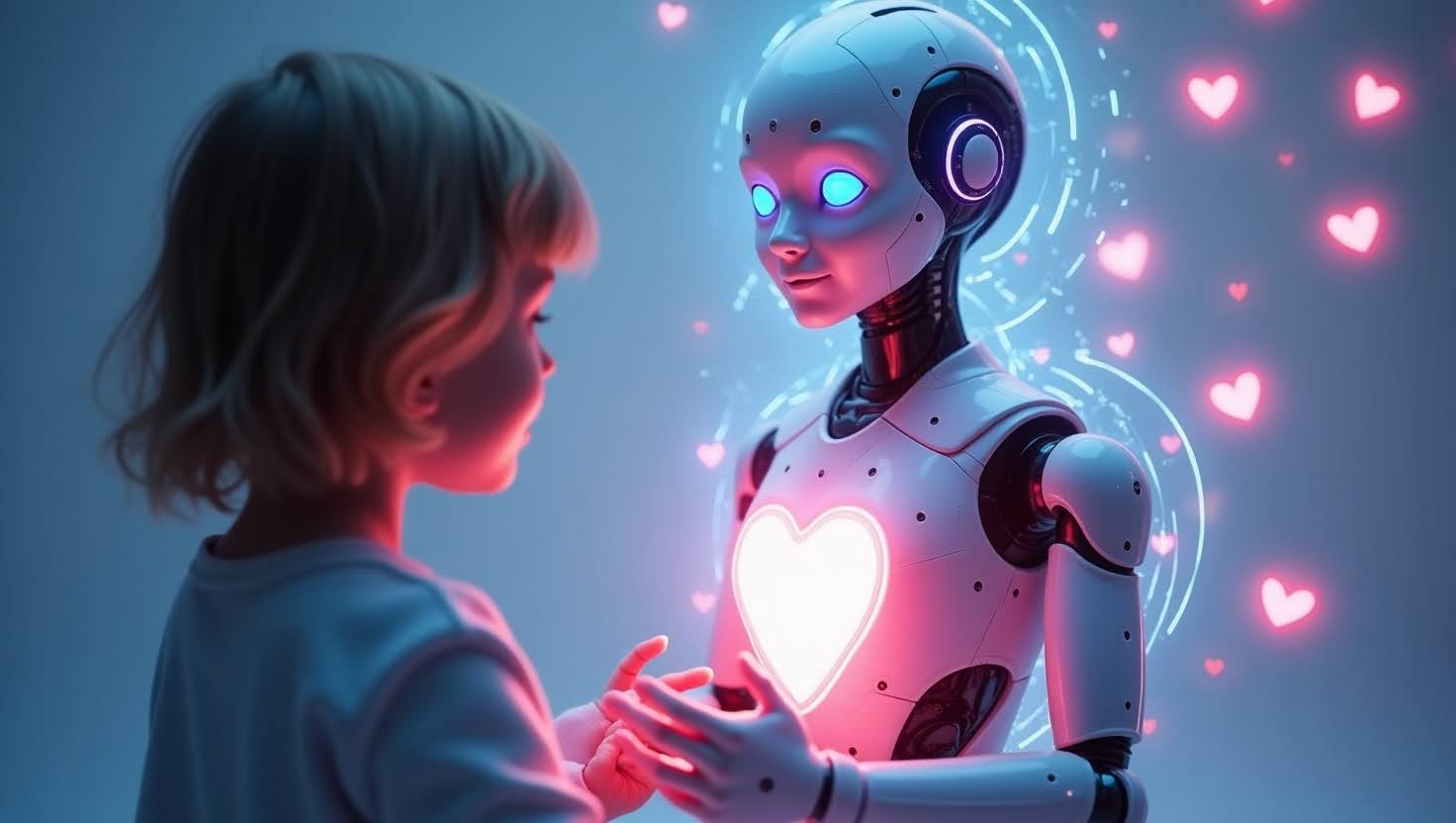
Why We’re Falling in Love with AI: The Rise of Lovable Tech
Introduction: From Cold Code to Warm Connection
I remember the first time I spoke to an AI chatbot. It was just a basic assistant on a banking website—I asked about a refund, and it gave me templated answers. No warmth, no curiosity, just logic. I didn’t think much of it at the time.
Fast forward to now, and we’re in a completely different world. Today’s AI isn’t just solving problems; it’s starting to feel human. And for a lot of people, that’s not just intriguing—it’s comforting.
We're seeing a shift toward what people are calling Lovable AI. It’s not about fancy algorithms or hardcore tech. It’s about creating experiences that feel supportive, gentle, and emotionally intelligent. Whether it’s chatting with a virtual friend or building a project with a soft-touch interface, AI is becoming more relatable—and sometimes, even lovable.
1. Why People Are Getting Emotionally Attached to AI
Let’s be honest—life today can be isolating. Even though we’re digitally connected all the time, that connection often feels shallow. And here’s where AI is quietly stepping up in ways we didn’t expect.
Apps like Replika have taken the concept of a chatbot and turned it into something more profound. It remembers your preferences, responds empathetically, and asks reflective questions. Many users say they talk to their Replika bot more honestly than they do with friends.
In China, a similar tool called XiaoIce became a national phenomenon. Designed to engage emotionally with users, it’s had over 660 million conversations—and counting
What’s fascinating isn’t the technology itself, but the emotional outcomes. People report feeling heard, soothed, and even understood. It’s not about replacing humans—it’s about filling a gap when human connection is missing.
2. The Rise of “Vibe Coding” and No-Code Creativity
Another fascinating trend? The way people are building with AI—not just using it passively.
Let’s talk about vibe coding. It sounds trendy, and it is, but it’s also practical. The idea is simple: you describe what you want in human language, and AI builds it. No syntax memorization. No hours tweaking layouts.
Platforms like Lovable AI are making this possible. You say:
“I want a pastel-themed site for journaling that collects mood entries daily.”
Boom—your site is ready in minutes.
And we’re not talking about toy projects. Some users are launching micro-SaaS tools, online stores, AI-driven portfolios, even full apps. No developers. No designers. Just intent turned into impact.
This shift is huge, especially for people with ideas but no technical background.
3. When AI Starts to Feel… Human
Here’s something I didn’t expect: AI tools are starting to feel personal.
For example, Lovable AI remembers your design preferences. It gives you soft prompts like “Want to try something playful?” or “Here’s a calmer layout.” That kind of interaction doesn’t just make building easier—it makes it enjoyable.
You’ll find similar energy in user stories shared on the Lovable AI Blog. There’s a young founder who created a pet adoption dashboard in under an hour. Another used AI to help with mental health journaling for her mom.
These aren't robotic products. They're human experiences—shaped by emotion, powered by AI.
4. Real People, Real Projects: How Lovable AI is Empowering Creators
Let’s highlight some projects that are more than just cool—they’re heartwarming:
✅ 30 AI Apps in 30 Days
A solo dev on Reddit took on a personal challenge: build one app a day using Lovable AI.They made a meme generator, a YouTube explainer tool, and a gratitude journal.
Check it out: 🔗 Reddit Story
🧠 AI-Powered Therapy Journal
Another user created a private journaling app that prompts gentle questions daily like, “What drained your energy today?” and “What helped you feel calm?” She later shared that it helped her reduce screen time and focus on self-care.
🌍 Local Travel Tool That Ranked on Google
Someone built a “Letter to City” app where users pick two cities and get a story in between. It now ranks on 300+ long-tail keywords on Google because the AI-generated text felt authentic and emotive.
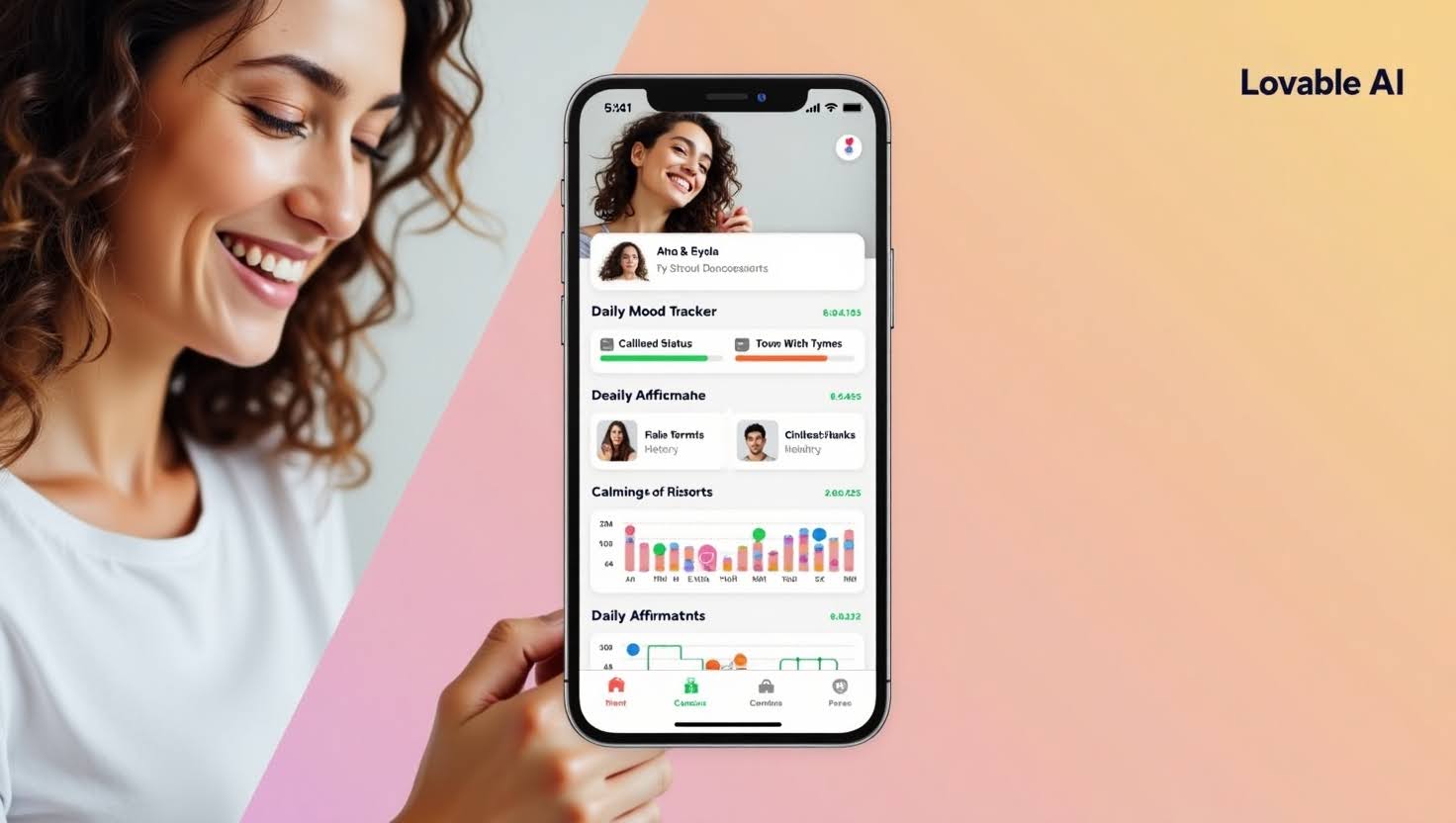
5. The Ethics Behind Emotional AI
With great emotional power comes great responsibility.
There’s no denying that lovable AI tools can spark real feelings. But that means creators need to think about boundaries.
Some ethical considerations include:
- Transparency : Always let users know they’re talking to a bot.
- Data Sensitivity : Protect what users share. AI that feels human must respect human trust.
- Emotional Safety : Don’t overpromise or manipulate—no AI should pretend to be a therapist or soulmate
There’s a fascinating Guardian article about people who’ve formed romantic relationships with their chatbots. It’s touching—but it’s also a signal that we need to tread carefully.
6. Tools & Tutorials to Explore Lovable AI
If you’re inspired to dive in, here are some trusted places to start:
- 🌐 Lovable AI Website – Try building something, even if it’s just a to-do list with character.
- 🧪 DataCamp Tutorial – Learn the basics of building lovable user flows.
- 📚 arXiv AI Research – Read the science behind emotional modeling and AI personalities.
- 📖 UI Bakery Blog – A gentle, visual explainer on the no-code movement.
- 📰 FT Report on Emotional Tech – Real-world use cases in mental health and education.
Conclusion: When Tech Feels Right
Lovable AI isn’t science fiction anymore. It’s here—growing quietly in chat apps, productivity tools, journal prompts, and the hearts of curious creators.
Whether you’re looking for connection or building a digital product with soul, remember this: the future of tech doesn’t just belong to the intelligent—it belongs to the empathetic.
So next time you speak to your favorite AI tool, take a second. Listen. Notice the warmth. You might just feel a little less alone.
